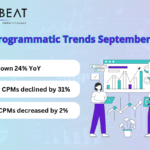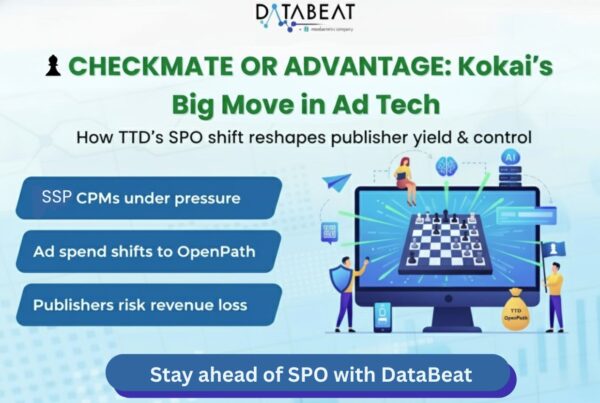
The advertising world might be in for a major shakeup as Robert F. Kennedy Jr. pushes to ban direct-to-consumer (DTC) pharmaceutical ads on television. Kennedy has been outspoken about his belief that pharma ads have too much influence over public health policy and regulatory decisions — and not in a good way.
Earlier this year, while still in the presidential race, Kennedy made his stance clear on X (formerly Twitter), saying:
“On my first day in office, I will issue an executive order banning pharmaceutical advertising on television.”
While it’s uncertain whether this ban will happen, it’s a wake-up call for the industry — and smart advertisers should start preparing now.
Why Ban on Pharma Ads Matters
This isn’t the first time the U.S. has faced a major advertising ban. In the 1960s, cigarette ads were banned from TV, but tobacco brands quickly pivoted to print ads and sports sponsorships. Pharma companies could follow a similar path, shifting to digital and streaming platforms if a TV ban happens.
Currently, pharma is one of the biggest players in TV advertising, accounting for 10–12% of total TV ad revenue — around $5.3 billion annually. Losing that spending would create a significant gap, but it could also open up new opportunities for other advertisers.
What Could Happen If Pharma Ads is Banned
Here’s how things might play out — and what advertisers should do to stay ahead:
More Targeted Ads Could Be the Future
- A full ban might not happen. A compromise allowing stricter targeting rules could emerge, leading to more precise, health-focused advertising.
- Advertisers should start building data partnerships and experimenting with interactive, opt-in ad formats to prepare for this shift.
TV Ad Rates Could Drop — Creating New Opportunities
- Without pharma’s big spending, TV networks will be eager to fill the gap — which could mean lower rates and better deals for other advertisers.
- Smaller brands that were previously priced out of TV could finally have a chance to secure premium spots, especially in news and older-skewing content.
- Now is the time to plan negotiation strategies and secure high-visibility slots.
Pharma Will Likely Shift to Streaming and Digital
- Broadcast TV faces tougher regulations than digital platforms, so pharma brands will likely shift to connected TV (CTV) and streaming.
- This could drive up demand (and prices) for CTV inventory.
- Advertisers should lock in long-term CTV deals now and refine their targeting strategies to stay competitive.
Opportunities for Advertisers
Even if a ban takes years to happen (if it happens at all), now is the time to get ahead. Start planning negotiation strategies, secure favorable CTV deals, and explore new creative approaches. The brands that get ahead now will be in the best position to take advantage of new opportunities as the advertising landscape changes. The bottom line: Stay ahead of the curve.
The bottom line: Stay proactive. The brands that adapt early will be the ones that thrive.
How can DataBeat help?
At DataBeat, we can help advertisers prepare for the possibility of a pharma ads ban. Whether the ban happens or not, it’s important to have a solid strategy in place. That’s where we come in—guiding advertisers to find new opportunities, improve their targeting, take advantage of lower prices, and smoothly shift to digital streaming. With our knowledge and support, we help brands stay ahead by strategising and make the most of their advertising efforts.









